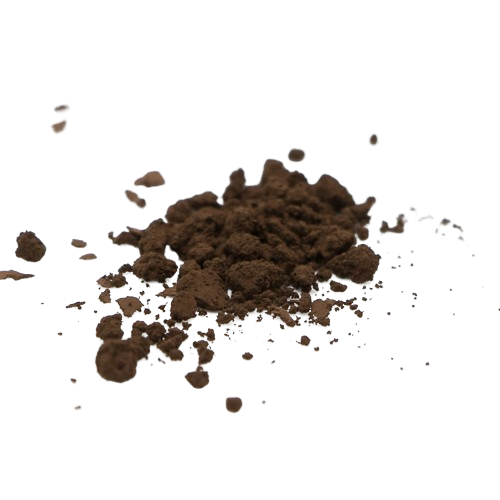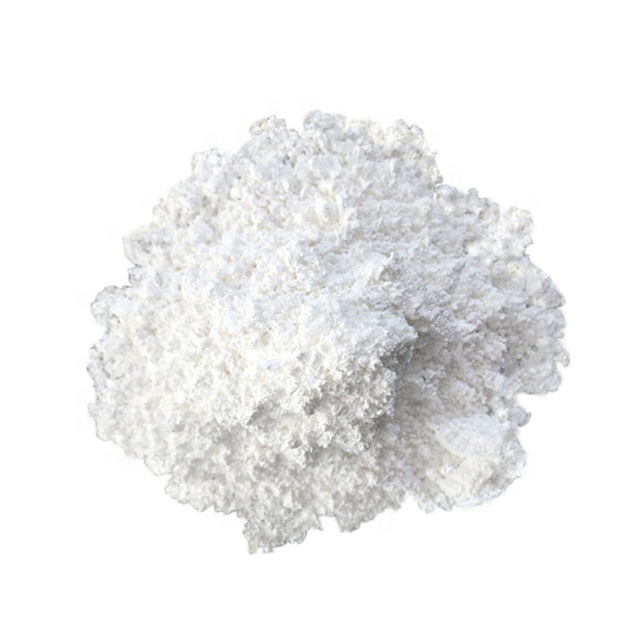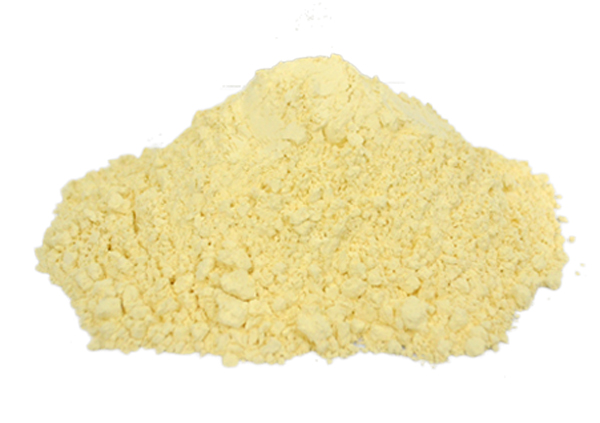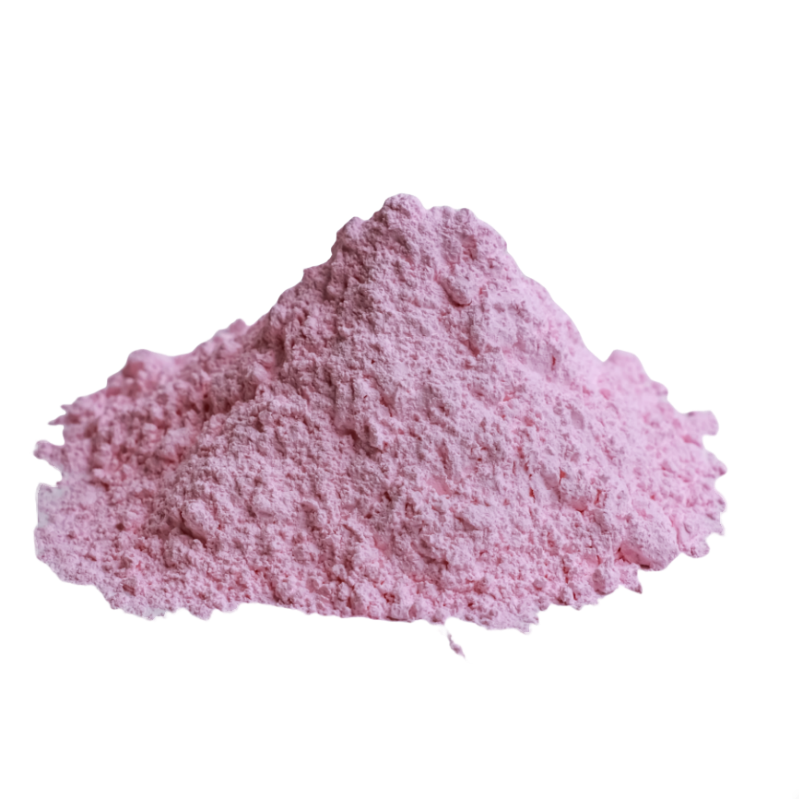
Europium, named after the continent of Europe, is mainly used for its phosphorescence. For example, europium oxide, a red phosphor, has been used in the screens of colored TV and fluorescent lamps. Europium is also used to create phosphor marks on Euro banknotes for preventing counterfeiting. Nowadays, europium is doped to different host materials to produce nanophosphors, which are useful probes for scientific research.

Gadolinium, another silvery white metal, has various specific applications. With high neutron cross-section, gadolinium is used in neutron radiography and as shielding in nuclear reactors. A small amount of gadolinium can improve the workability and resistance of other metals.

Terbium, a very soft silvery rare earth metal, is mainly used in green phosphors. Together with divalent europium blue phosphors and trivalent europium red phosphors, terbium green phosphors are used to produce standard white light for indoor lighting. Terbium compounds are useful biological probes due to the long emission lifetime of terbium. As a component of Terfenol-D, terbium is widely also used in actuators, naval sonar systems, sensors SoundBug devices and other magnetomechanical devices. Terbium is also used as a crystal stabilizer for fuel cells which operate at high temperatures.

Another soft, silver metal, dysprosium has one of the highest magnetic strengths of the elements, matched only by holmium. Dysprosium is often added to permanent rare earth magnets to help them operate more efficiently at higher temperatures. Lasers and commercial lighting can use dysprosium, which may also be used to create hard computer disks and other electronics that require certain magnetic properties. Dysprosium may also be used in nuclear reactors and modern, energy-efficient vehicles.

Holmium, discovered in 1878, is another silvery white metal. With the highest magnetic strength of any element, holmium is used to create the strongest artificial magnetic fields. It is also used as a burnable poison in nuclear reactors due to its capability of absorbing neutrons. Holmium is used in solid-state lasers which are widely used in microwave equipments and have applications in medical devices and optical fibers. Additionally, holmium is one of the colorants for cubic zirconia and glasses.

Erbium, another silvery-white metal, has desirable optical properties which make them particularly useful in laser applications. For example, erbium-doped glasses are simple laser optical amplifiers and erbium is also a key component of fibers for optical communications. Er: YAG laser is essential for laser surgery. Erbium also has a variety of other applications such as neutron-absorbing control rods for nuclear reactors, colorants for glasses, cubic zirconia and porcelain, cryocoolers.